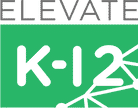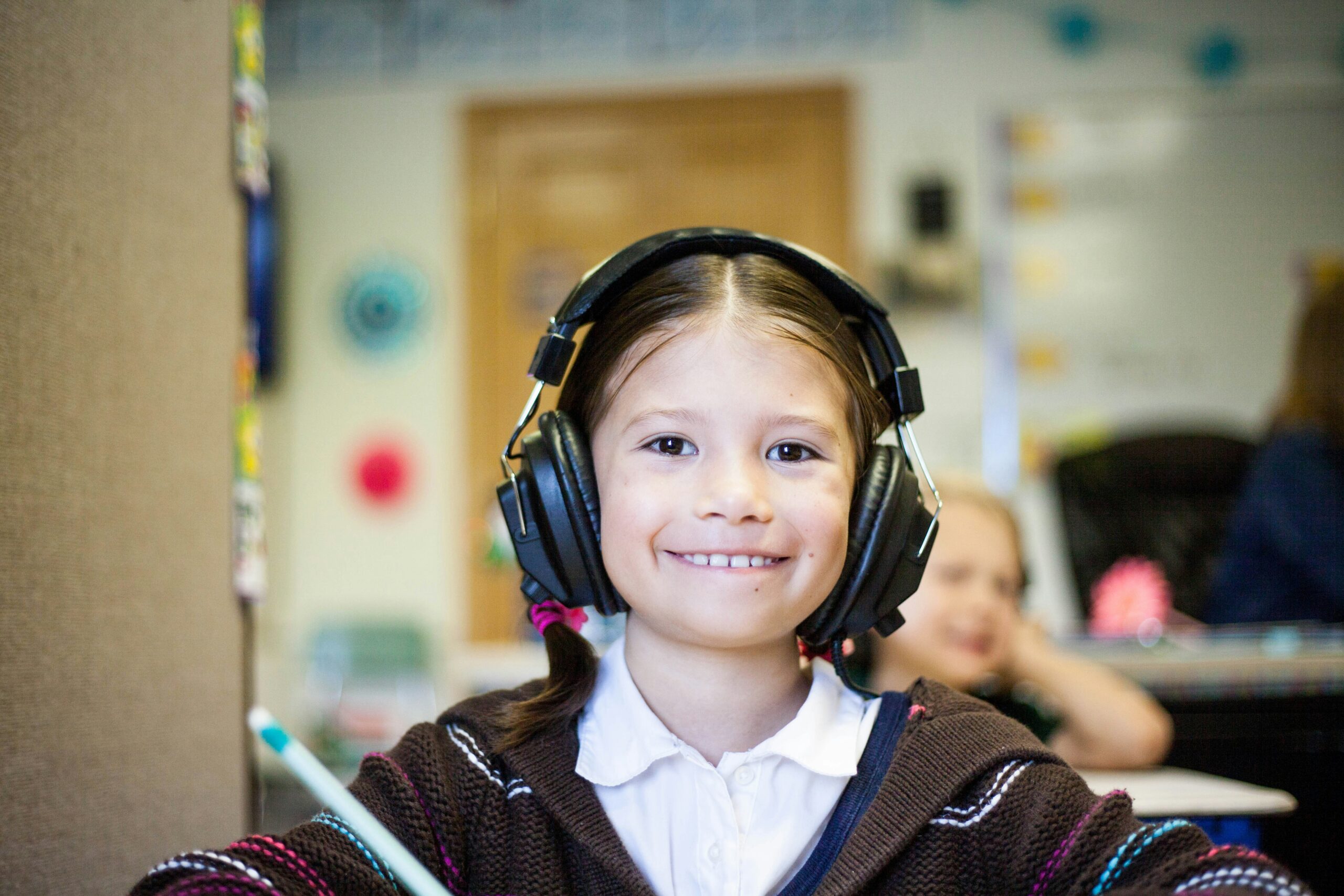School leaders must fight on multiple fronts to get students the education they deserve. They battle against teacher shortages and scant resources that hold children back from their potential.
Supplemental learning can help by expanding academic support for K-12 learners. It can close resource gaps, increase teaching time, and give students access to subjects that would otherwise be out of reach. It can even help them develop essential skills like critical thinking, creativity, and problem-solving
Supplemental learning can be life-changing for students and teachers, creating opportunities to accommodate each student’s learning style, pace, and level.
In this article, we’ll explore how supplemental instruction can elevate student success and how you can implement it in your school district.
What is supplemental learning?
Supplemental learning is a broad term. It covers all optional resources that complement the core school curriculum with learning outside the classroom.
It can include study camps, summer school, weekend courses, after-school programs, remote or hybrid learning, enrichment programs, and online platforms.
K-12 schools use supplemental learning to help with remediation, differentiation, and reinforcement. Students who struggle can catch up with supplemental learning as part of an MTSS or RTI support plan. If they’re thriving, they can take accelerated classes or new subjects through supplemental learning.
What are the benefits of supplemental learning in schools?
Supplemental learning is designed to improve educational programs for K-12 students, teachers, and schools. It can help with everything from academic outcomes to study skills, new learning opportunities, and classes designed for individual needs.
Academic performance
Modern educators know that each student has their own learning style and moves at their own pace. While it can be challenging to tailor course content for every individual in a crowded classroom, teachers can use supplemental learning to give targeted support and reinforcement.
This is especially valuable when it comes to remediation. Supplemental resources can help schools target specific skill gaps and reinforce classroom instruction to get students back on track.
Student engagement
Everyone learns differently. Some children are sensory learners who benefit from a range of interactive formats. Some students are at grade level but need extra differentiation to improve their retention. Still, others need a small group learning environment or accelerated learning to keep them interested.
Supplemental resources can keep students engaged, whatever their needs. They can also help schools offer a broader range of classes, with resources for everything from foreign languages to coding skills, literacy, and STEM.
Offering more resources to children at each grade level can make a difference throughout their lives. For example, STEM classes—especially through supplemental learning—can close the achievement gap for students from lower-income backgrounds.
Teacher support
Supplemental learning is also designed to help teachers. It can give them the bandwidth and resources to support each child’s learning experience.
As teacher shortages deepen, it’s hard for teachers to offer personalized attention and differentiation for each student. However, they can use supplemental resources to fill in the gaps.
Supplemental learning can also lessen the impact of higher teacher-student ratios by providing extra support, teaching time, and resources beyond the school campus.
How to implement supplemental learning programs effectively
Getting the most out of supplemental learning starts with understanding your school district. Once you know the unique needs of your teachers and students, you can find the tools and resources to match.
Assess what the students and schools need
First, you’ll need to define the goal for supplemental resources. Are you offering more difficult courses for advanced students, reinforcing course material for all students, or offering remedial resources for students who are struggling? Many schools will need a combination of all three.
Some supplemental learning is required by law. For example, if a student falls at least one grade behind, then they must have a structured plan to catch up. Supplemental learning is often the easiest way to deliver that support.
Next, you’ll need to know the staffing capabilities in each school. While some students can use supplemental resources independently, others might need supervision or support.
Your staffing needs will also vary depending on whether a program happens before, during, and after school, as well as how long you plan to run the program.
Ultimately, supplemental learning has to work for both teachers and students. You’ll need to find a schedule and program length that delivers results without stretching your staff too thin.
Select the right tools and resources
The supplemental resources that you choose should work for students, teachers, and schools. Here are some key factors to consider:
- Timing: Look for supplemental learning that can be tailored for different teaching times, study session lengths, and course lengths.
- Curriculum: Supplemental material should align with the essential curriculum, helping students excel throughout elementary, middle, and high school.
- Content quality: Extra resources for student learning should be accurate, engaging, and challenging. Look for supplemental learning that draws on the expertise of experienced, certified teachers.
- Adaptability: Supplemental learning should be flexible enough for every student, regardless of learning style.
- Setting: Supplemental learning programs work best in a small group setting with a low student-teacher ratio for more individualized attention.
The best supplemental learning programs will enhance the student experience without increasing the burden on teachers. Programs should be manageable for every school in the district, even if they have varying staffing levels and schedules.
Elevate K-12’s supplemental learning is designed to give students the experience of smaller group settings without adding to the teaching load of on-site staff. With Elevate, your students can benefit from personalized lessons and individualized attention from certified, experienced educators.
Challenges in implementing supplemental learning (and how to overcome them)
The results from supplemental learning can be transformational, but success depends on finding the right resources and implementing them effectively. Here are some of the most common issues schools encounter when implementing supplemental learning and how to avoid them.
Identifying resource gaps
There are two main ways to look at student needs: individually and in groups. You’ll need to understand learning needs on both levels.
For example, one class might need more support in general but only has a few students who work ahead and need extra engagement. Or a school might be performing well but is unable to offer additional courses that students are eager for.
Student outcomes and assessments are just one source of information about their needs. You can use student feedback, surveys, and even classroom observations to spot gaps in teaching provision.
It’s also worth looking at feedback from teachers and parents, as they might identify needs or aspirations that you can’t see. Teachers know their classes better than anyone and can help you deliver supplemental resources where they’re most needed.
Choosing the right resources
Even when you know your goals for supplemental learning, there’s an overwhelming variety of resources to choose from. Educational apps, textbooks, summer programs, and online platforms all vie for attention.
You can start whittling down the resources on offer by looking at the basic curriculum, content quality, and evidence of impact. However, you’ll need to look at resources in even more detail to make a final decision.
Here are some key questions to ask:
- Is this learning flexible enough to work with school schedules and programs?
- Are students best served by online learning or remote learning?
- Are the resources easy for students to use?
- Are the resources inclusive and accessible for all students?
- Are they engaging and exciting for students to use?
The tools and resources you choose should align with your identified needs and goals for the program.
Tailoring options for each school
Supplemental learning should fit in seamlessly with what schools are already doing. It should support and enhance learning—not distract or overload teachers.
You can help create the right experience by tailoring supplemental resources for individual schools. Something as simple as scheduling learning around the school’s existing timetable can make a big difference.
You can also bring teachers on board by choosing supplemental content that aligns with current learning objectives. Most importantly, it should meet your state’s K-12 standards. When the resources reinforce or add to core lessons, they make it easier for teachers to achieve excellent outcomes.
The right resources will be engaging for students, too. For example, project-based learning is popular with students (because it’s fun) and teachers (because it teaches core skills). Supplemental learning is often the easiest way to add projects to the essential curriculum.
Look for programs like Elevate K-12, which align with state standards and provide engaging educators trained to reach students with a range of learning styles.
Maximize your impact with supplemental learning through Elevate K-12
Supplemental learning can help every student by reinforcing core skills, remediating where necessary, and offering a challenge for advanced learners.
Elevate K-12’s online learning solutions are built to help schools succeed. Every program is led by experienced, certified, US-based teachers who support your own staff. Plus, teachers can monitor each student’s progress and adjust the lessons to keep them on track.
Learn more about how we’re helping teachers, engaging students, and improving outcomes with our Small Group LIVE classes for K-12.

